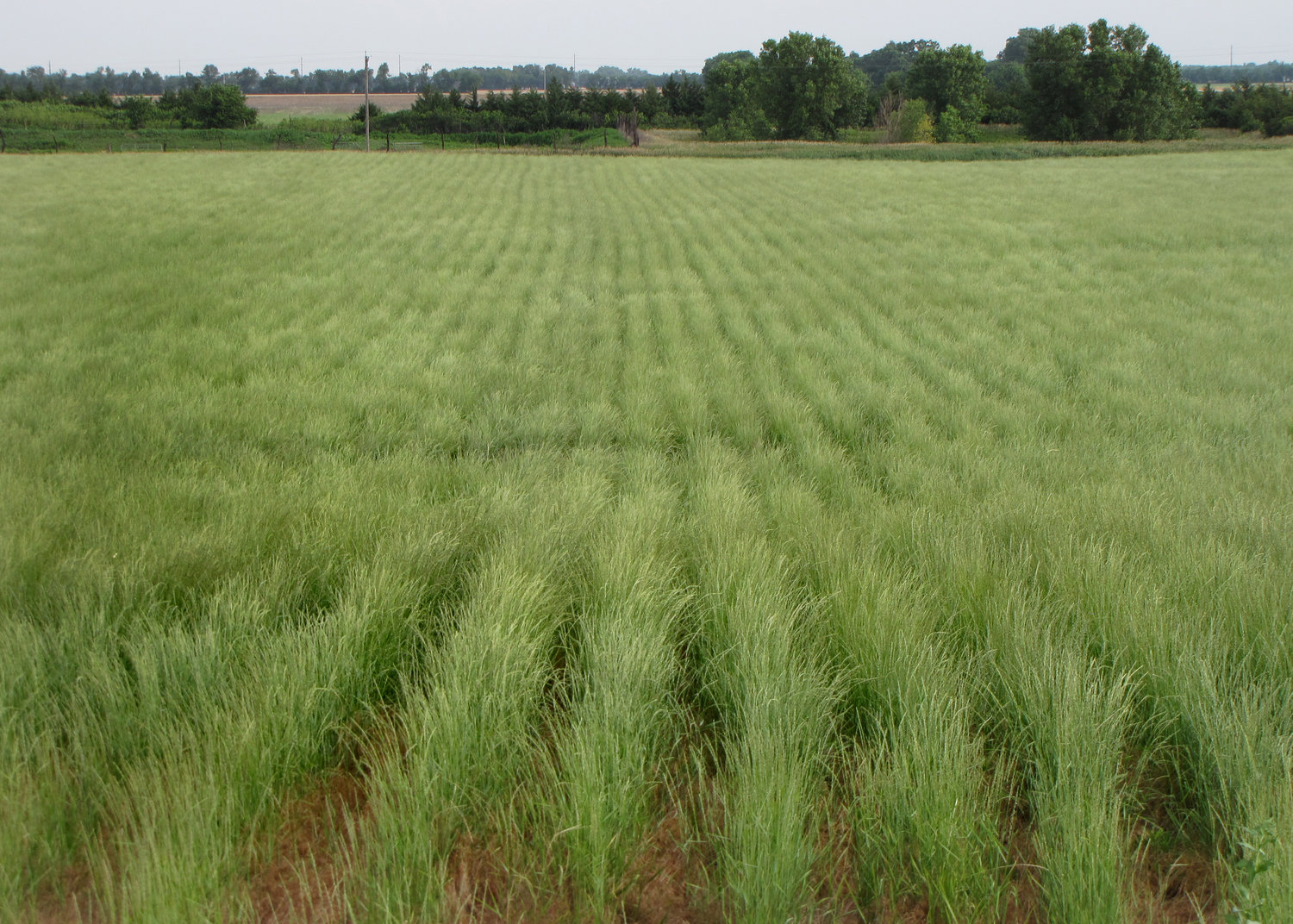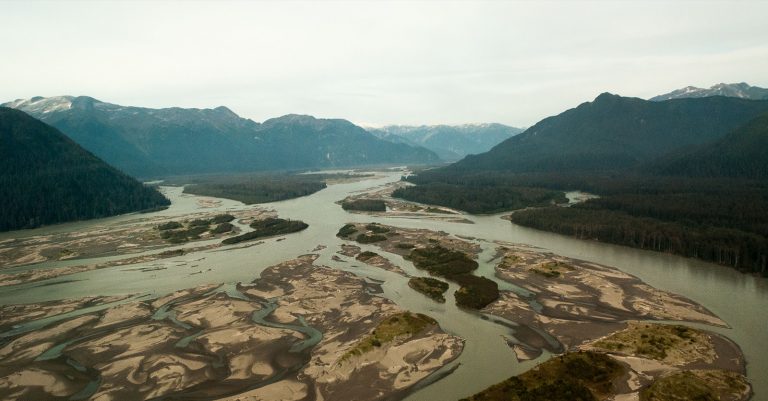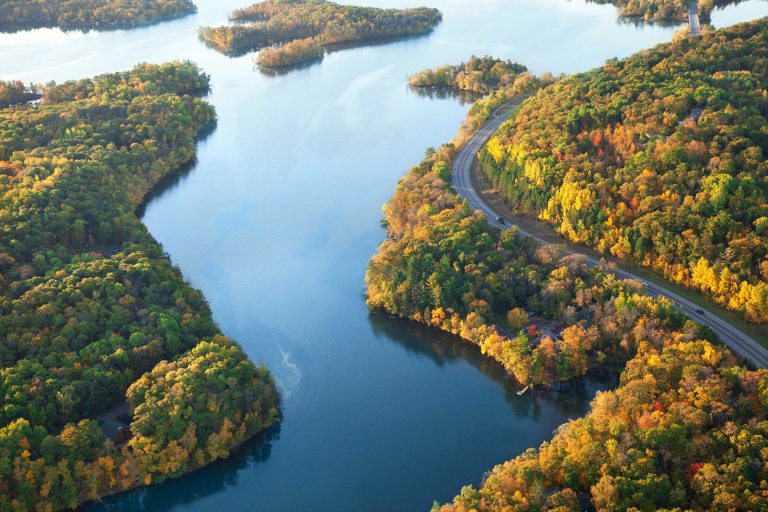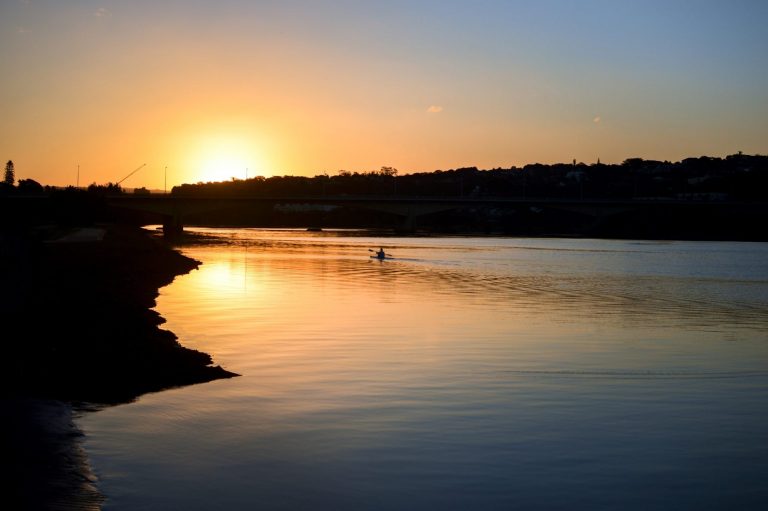Even though the Mississippi River flows more than 40 miles west of Robert “Woody” Woodruff’s farm in Modesto, Illinois, he still thinks about the impact his farming decisions have downstream.
“We’re here to raise healthy food. Before you can do that, you need healthy soil and healthy water,” says Woodruff. “It’s all connected.”
Depending on the rotation schedule, Woodruff plants soybeans, corn, or wheat on his 150 acres. From Nebraska to Ohio, corn and soybeans dominate the agricultural landscape. These annual crops are inherently hard on the soil, in part because they provide ground cover in summer and fall only. Spring rains can result in devastating soil erosion and polluted streams because of uncovered ground. But now Woodruff has added a new crop, called Kernza®, that has the potential to make large-scale agriculture radically more sustainable.
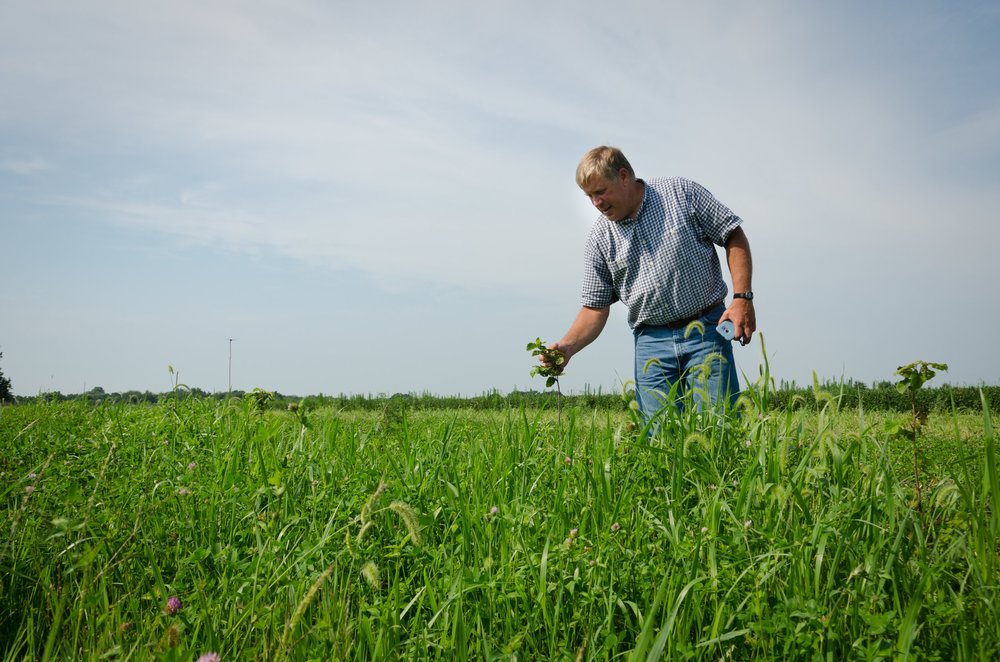
“If you think about our prairie landscape, a perennial grain like this could be a real game changer.”
—AARON RESER, WATERSHED INITIATIVE COORDINATOR, GREEN LANDS BLUE WATERS
Above ground, Kernza is a lot like wheat — grassy, with a sweet, nutty-tasting kernel. But below ground, the difference is night and day. Unlike wheat or other annual crops such as corn and soybeans, Kernza is a perennial. Once planted, it continues to sprout year after year, developing root systems that trail up to 10 feet underground, holding tight to soil, nutrients, and other contaminants that tend to run off into surface and ground waters. Perennials also help to reduce carbon dioxide emissions by keeping carbon buried deep in the soil.
“Environmentally, it could be a solution to a lot of the problems we face with our current annual cropping systems,” says Woodruff. “That’s the value to me.”
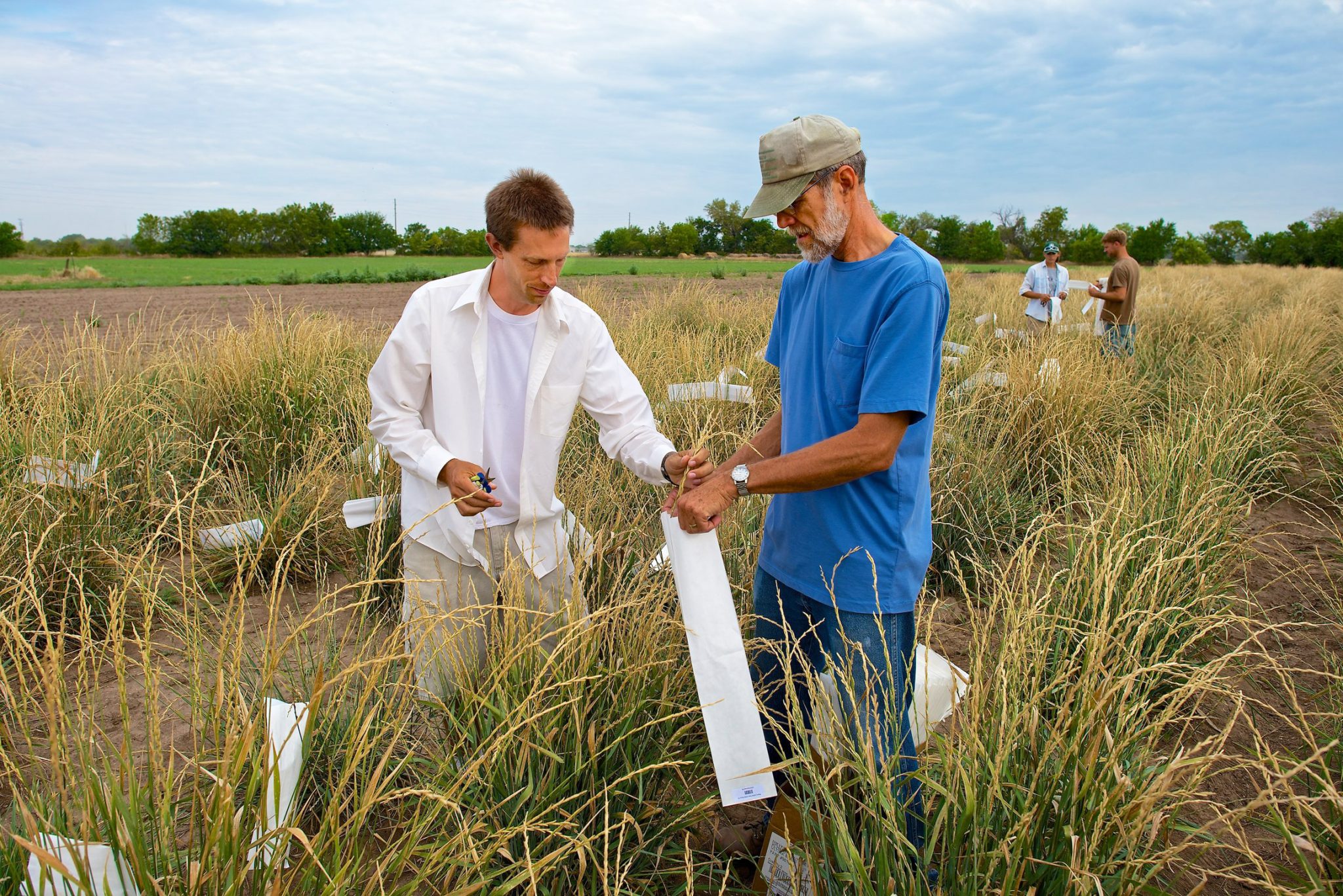
A New Grain Offers New Possibilities for Clean Water, Healthy Soil
Kernza is one of only a handful of new grain crops introduced in the last several thousand years.
It’s the product of years of plant breeding at The Land Institute, an independent, nonprofit research institute in Salina, Kansas. The Land Institute, a recent McKnight grantee, envisions developing an array of perennial grain crops that could be planted in mixtures to mimic native prairies. If the effort is successful, Midwest agriculture could feed consumers while generating clean water and healthy soil. For now, Kernza is the only commercial release, and the institute and its partners are continuing to develop and breed the crop to thrive in modern agriculture. That means boosting yields, increasing seed size, and bolstering Kernza’s resistance to disease.
The McKnight Foundation sees the importance of this promising new grain. In 2016, McKnight’s Mississippi River program made a series of grants to connect agronomists and growers across the Midwest who are working to bring Kernza to the mainstream market. This move is a part of the Foundation’s strategic approach to protecting the health of the Mississippi River by supporting efforts that decrease water pollution through improved agricultural practices.
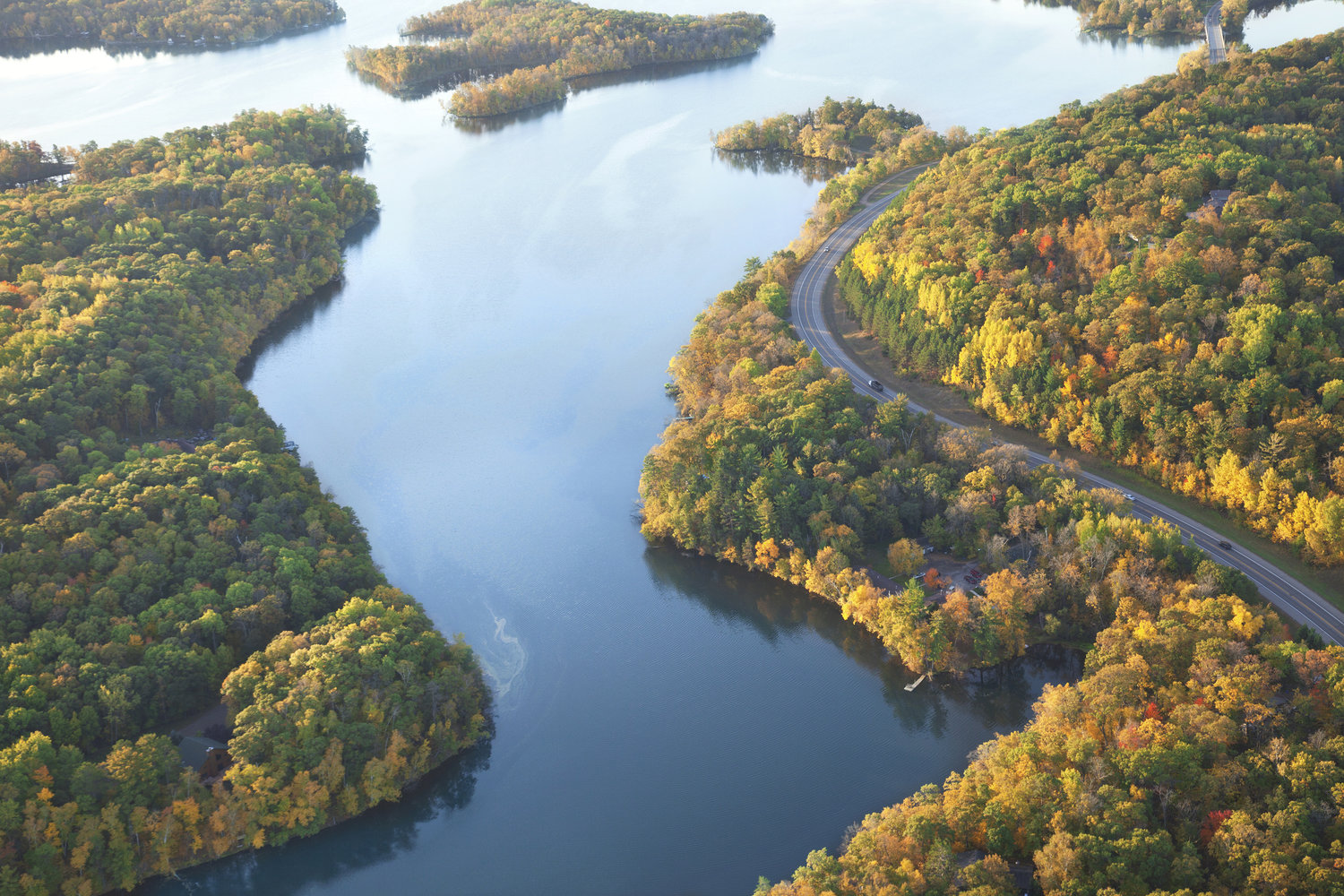
“If you think about our prairie landscape, a perennial grain like this could be a real game changer,” says Aaron Reser, a watershed initiative coordinator for Green Lands Blue Waters, a sustainable agriculture consortium based at the University of Minnesota. While farmers have grown intermediate wheatgrass for decades in the United States and used it as a feed for livestock, scientists are now developing new varieties to accommodate a wider variety of uses. With each iteration, agronomists inch closer to creating a crop that could be used as an ingredient in beer, pastries, and pasta, and more importantly, expand pollinator habitats and improve water quality.
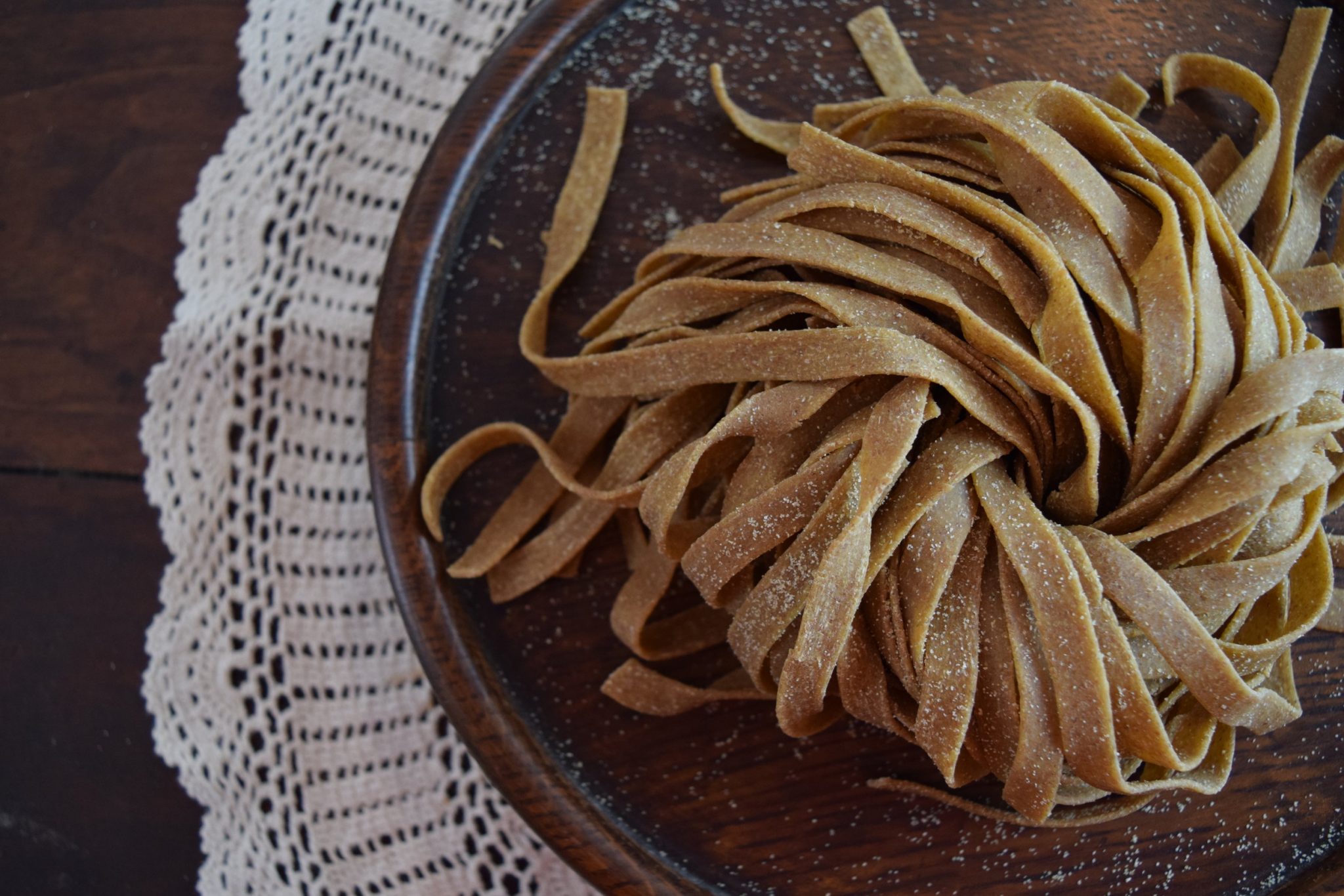
Inviting Farmers to Seed a More Natural Landscape
Over the past year, McKnight’s support allowed the team at Green Lands Blue Waters to collect feedback on the grain from a brain trust of farmers and foodies, including The Perennial, a San Francisco restaurant that bakes bread with house-milled Kernza, and Dumpling & Strand, a Twin Cities business that created a Kernza-based pasta. To bring the crop to the general public, scientists at The Land Institute are relying on dozens of midwestern farmers to test the grain and develop best practices to grow it.
“Farmers have a deep-rooted desire to be part of the solution.”—AARON RESER, GREEN LANDS BLUE WATERS
“You could call it open source agriculture,” says Carmen Fernholz, an organic farmer in western Minnesota who tested the first iteration of the grain a few years ago and is ready to plant the latest generation sometime next fall. “There’s excitement from farmers because this is a perennial with real economic potential.”
In 2016, The Land Institute saw a major breakthrough when General Mills announced it would purchase Kernza® to allow farmers to plant on commercial-scale fields. The company is also interested in adding the ingredient to its snack and cereal lines.
“When you talk about agriculture, water quality, and climate change, farmers often get blamed,” Reser says, noting that the calls she gets from farmers eager to test the crop demonstrate their deep-rooted desire to be part of the solution. “Kernza could be a creative way to seed a more natural landscape, and it’s bringing together people who might never have been at the same table before.”
